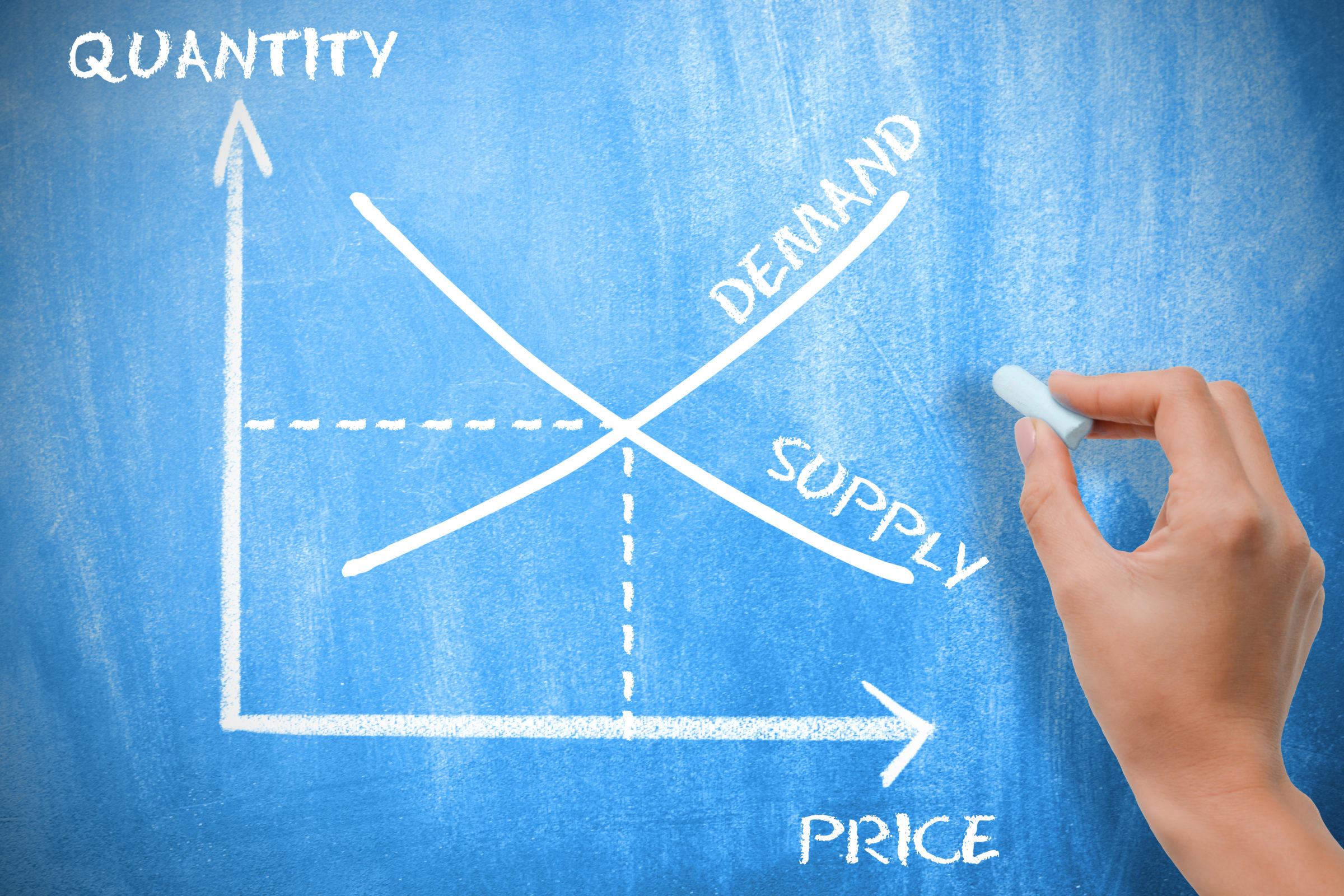Wealth & Poverty Review How Learning Inverts the Supply Curve
With every doubling of total units sold, unit costs drop between 20 and 30 percent. Originally published at SubstackIn economics the law of supply decrees that as price increases, the quantity supplied also increases. In other words, the classical supply curve is upward sloping. This is true in a world with no learning. But every time an additional unit is produced and acquired by a consumer, producers get better at making it and consumers get better at using it. Both parties are learning and growing the knowledge base.
Learning can invert a supply curve. As George Gilder notes:
Perhaps the most well documented of all business concepts is the learning curve, which holds that with every doubling of total units sold, costs drop by between 20 and 30 percent. Two major Boston-based consultancies — BCG and Bain & Company — have demonstrated learning curves across the entire economy, for everything from trucking miles and iron ingots to lines of software code and transistors on microchips, from poultry eggs to dollars of insurance policies. This ubiquity is no coincidence. It is evidence that growth itself is essentially a particular kind of falsifiable learning, regulated by markets and bankruptcies…The progress of learning unleashes a spiral of ever lowering costs and expanding volumes, which in turn elicits more learning.”
If costs are dropping between 20 and 30 percent every time you double output, it means that output is increasing 25 to 43 percent for the same amount of cost. Moore’s law decrees that computer chip density doubles every 12 to 24 months, indicating that abundance increases 41 to 100 percent a year. (Note this is not a function of time but a function of quantity.) Chip manufacturing went from thousands to millions to billions to trillions. The more you make the more you learn.
When Steve Jobs introduced the iPhone back in 2007 he was persuaded to open the platform to outside developers. This set off an efflorescence of discovery and creativity. Apple has made over two billion units since 2007 and currently has over a billion active users.
The mobile app market is estimated to be $6.3 trillion in 2021, up from $1.3 trillion in 2016, according to a new report from app analytics firm App Annie. These figures represent more than just the revenue generated through app stores, the firm noted. It also took into account other forms of monetization, like in-app ads and mobile commerce. From virtually nothing to $6.3 trillion over 14 years would be a compound annual growth rate of around 720 percent. During that same time frame, the user base almost doubled from 3.4 billion people in 2016 to 6.3 billion in 2021. Eighty percent of the planet has now been mobilized.
This may be an exceptional example of a learning curve, but knowledge can create knowledge. It is truly astonishing what happens when everyone on the planet gets on the same curve and starts creating knowledge for all of us to enjoy.

